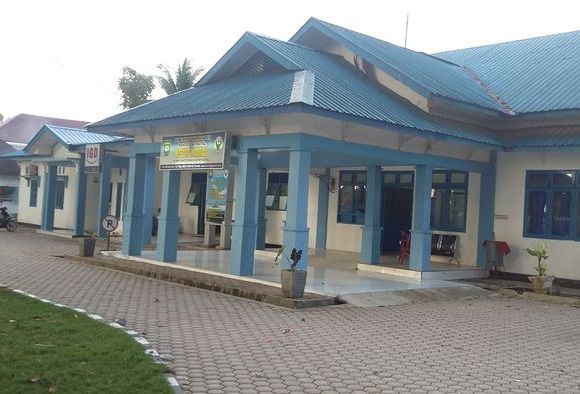Eduard Douwes Dekker (Multatuli) (1820—1887)
Dekker was for many years an Assistant Resident official of the Dutch government in Java. Out of his bitter experiences he wrote his famous novel Max Havelaar, which exposes the cruelty and corruption of the Dutch in regard to the native population of Java. Dekker was also a dramatist, though his fame rests chiefly on his novel.
The Story of Saidjah is a complete entity, introduced into Max Havelaar as an example of the sufferings undergone by the native Javanese under Dutch rule.
The present version is based upon the translation of Max Havelaar by Alphonse Nahuys, Edinburgh, 1868. It was made by the editors, who have omitted a number of long verse passages and here and there condensed a long and verbose passage.
The Story of Saidjah
(From Max Havelaar)
Caidjah`s father had a buffalo, which he used for plowing his O field. When this buffalo was taken away from him by the district chief at Parang-Koodjang he was very dejected, and spoke no Word for many a day. For plowing time was come, and he feared that if the rice- field was not worked in time, the opportunity to sow would be lost, and lastly, that there would be no paddy to cut, and none to keep in the store-room of the house.
I have here to tell readers who know Java, but not Bantam, that in that Residency there is personal landed prop-erty, which is not the case elsewhere. Saidjah`s father, then, was very uneasy. He feared that his wife would have no rice, nor Saidjah himself, who was Still a child, nor his little brothers and sisters.
And the district chief, too, would denounce him to the Assistant Resident if he was behindhand in the payment of his taxes, for this is punished by the law. Saidjah`s father then took a poniard, which he had inherited from his father. It was not very handsome, but there were silver bands round the sheath, and at the end a silver plate. He sold it to a Chinaman in the capital, and came home with twenty-four guilders, with which he bought another buffalo.
Saidjah, who was then about seven, soon made friends with the new buffalo. I purposely say “made friends,” for it was indeed touching to see how the buffalo was attached to the little boy who watched over and fed him. Of this attachment I shall soon give an example.
The large strong animal bends its heavy head to the right, to the left, or downwards, just as the pressure of the child`s finger directs. Such a friendship the little Saidjah had soon been able to make with the newcomer; and it seemed as if the encouraging voice of the child gave more strength to the heavy shoulders of the animal, when it tore open the stiff clay and traced its way in deep sharp furrows.
Read More about The Invisible Wound part 5








